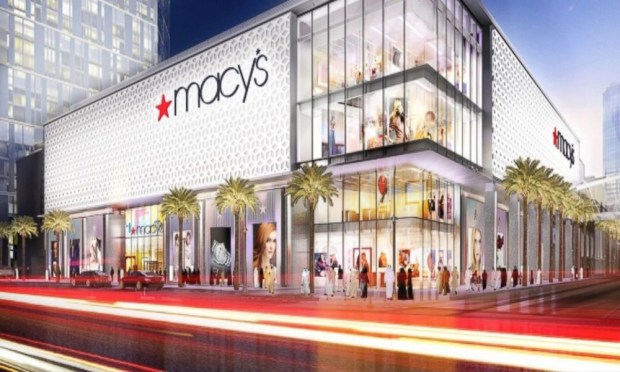Macy’s Big Earnings Miss

It’s not always easy to frustrate diminished expectations – but as earnings came in today, Macy’s has found a way to frustrate its already frustrated investors further, it seems.
By the numbers – the picture is not pretty.
Earnings per share came in at 24 cent adjusted, well below analyst estimates of 35 cents. Revenue clocked in $5.34 billion – missing projections of $5.47 billion.
Same-store sales was the most eye-catching miss – with foot traffic falling 4.6 percent as opposed to the 2.7 percent drop the street was looking for.
Macy’s reported a 39 percent drop in quarterly profit, hurt by a decline in sales and higher inventory, which weighed on its margins. Net income fell to $71 million in the first quarter ended April 29, from $116 million a year earlier.
The markets so far has not loved the news, and stock in Macy’s dropped like a rock by 10 percent before the market had even opened. There is also some suspicion the Macy’s stock could easy finished the day below $26 – its lowest point in 5 years.
In an email, Neil Saunders, managing director of GlobalData Retail, said the report gives more strength “to the sense that Macy’s is on a slippery slope.”
Macy’s, for its part, said that the result is “consistent with our expectations.”
Macy’s projects that comparable sales in 2017 will overall fall 2 to 3 percent. Total sales are still expected to be down 3.2 to 4.3 percent, while adjusted earnings are expected to be $2.90 to $3.15 a share.
“We are encouraged by the performance of the pilot programs we tested last year in categories like women’s shoes, fine jewelry, and furniture and mattresses,” CEO Jeff Gennette said in a statement. “We look forward to expanding these successful initiatives nationally this year and anticipate they will have a measurable impact on our performance starting in the second quarter, building through the fall. Additionally, our digital platforms showed continued strong growth in the first quarter.”
Gennette, succeeded longtime CEO Terry Lundgren last month, and has publicaly stated that he would like to see Macy’ compete harder with off-price chains, by bringing a model similar to that of Ross Stores or TJ Maxx into traditional malls.
Macy’s Backstage, the chain’s off-price brand – has been rolling out for the last two years, and the plan is to now open 30 more Backstage-branded shops housed within Macy’s full-price stores by the end of 2017.
“Turning around Macy’s is not a venture for the faint of heart,” Saunders said, acknowledging that the company is “embracing this change” and “actively trying to reinvent and modernize the business with an energy that was simply not present a couple of years ago.”
